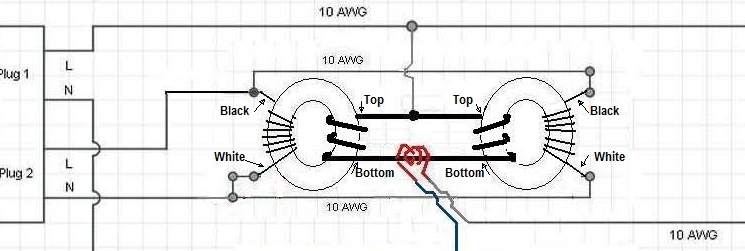Hello Clarence. Your new shop cart layout sounds ideal. When you tried wider ground rod spacing initially, I would guess it was with less ground rods. The stuff about having a minimum of 6 feet spacing for ground rods is not just theory, as it is widely in practical use in the electrical power industry. They use this because it has been long since well established that it provides a lower resistance connection to earth ground. I am working on my own experiments right now in a different area, but I will be following along with how you and others are progressing in your experiments.
Happy experimenting everyone!

Happy experimenting everyone!









Comment